Four interior colours and zero-gravity front seat will feature on the world’s largest electric load lugger.
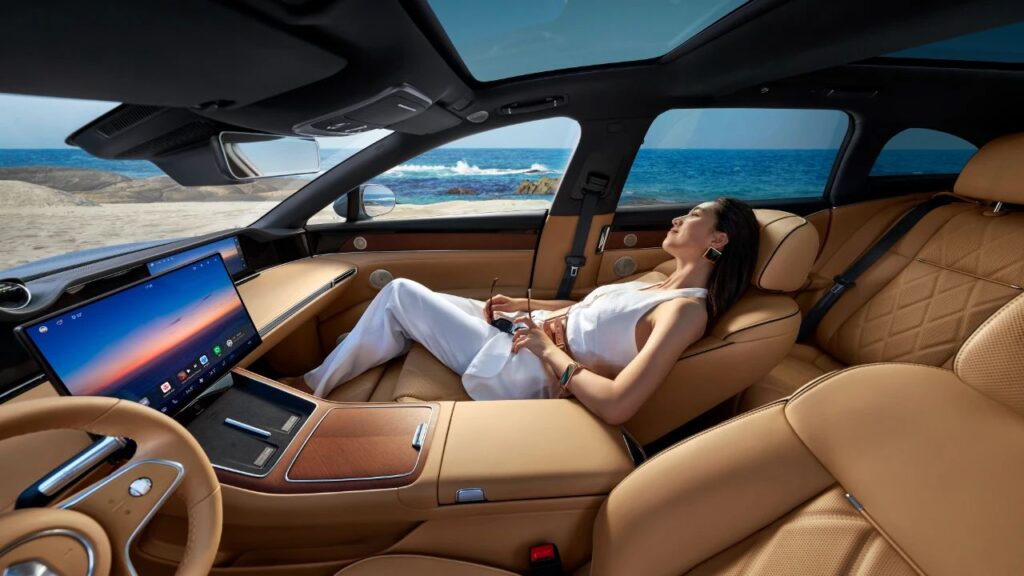
Stelato has released official interior images of its upcoming S9T wagon, revealing a spacious and premium interior available in four different colour variations.
The vehicle, which is produced by Huawei’s Harmony Intelligent Mobility Alliance (HIMA) partner, BAIC, will open for pre-orders on 18 August, with market deliveries expected in September.
Pricing is estimated to begin at around RMB 330,000 (£34,000 / $45,900) with an expected RMB 20,000 surplus over the entry-level extended range variant of the S9 saloon.
The S9T will be available in both extended-range electric (EREV) and pure electric (EV) configurations with range likely to be around 1,300km for the EREV and 800 for the EV.
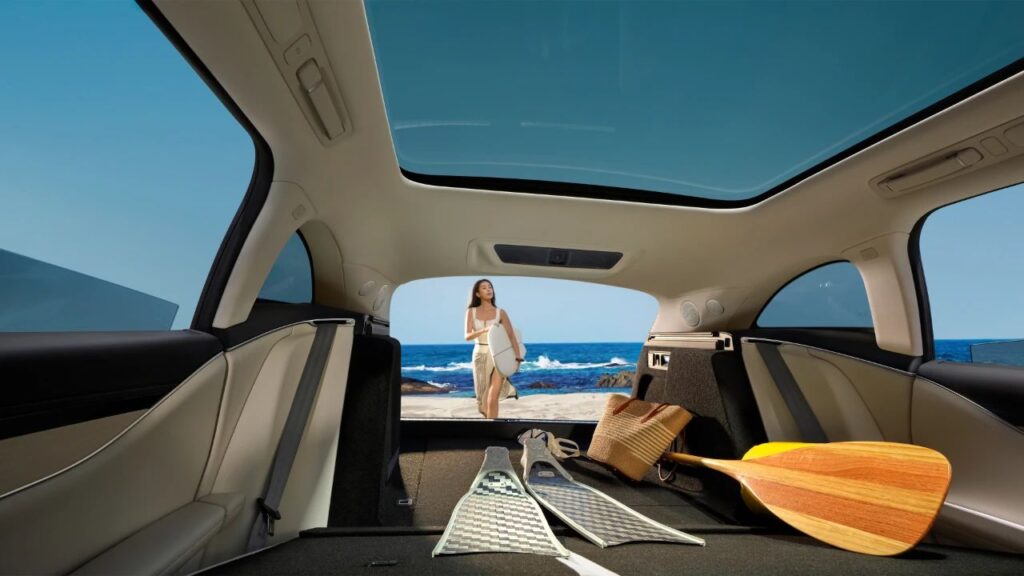
These first interior images show a plush and luxurious interior with extensive use of soft-touch materials, real wood, and likely a microfibre rooflining.
The S9T boasts the same overall dashboard shape as the saloon variant but adds a 12.3-inch screen ahead of the passenger for entertainment to the existing 12.3-inch driver’s information display, 15.6-inch central screen, and a large head-up display.
While the S9 saloon gets a zero-gravity seat on the passenger side rear seat, the S9T instead gets this in the front row. Judging by the image above, it’s possible that the driver’s seat also gets this treatment similar to cars like the AVATR 12 but the image is inconclusive.
As such, and because of the load-lugging nature of the S9T, it’s not expected that the rear seats will get any zero-gravity options, with the ability to fold down, albeit not flat, limiting the rear seats to electronic backrest adjustment only.
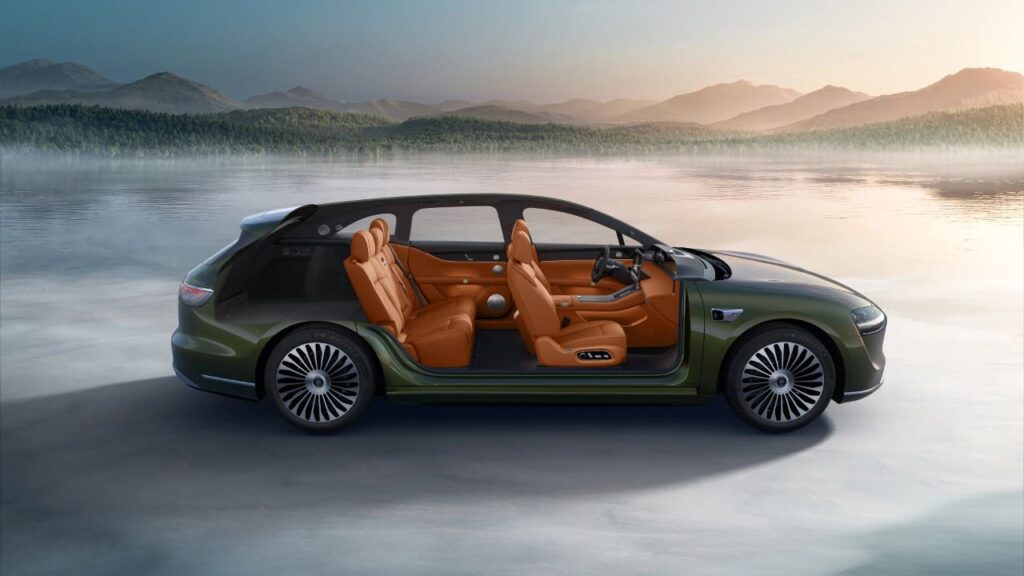

New images released today have revealed that four interior colours will be offered, including Chicha Orange, Truffle Brown, White Sand Apricot, and Amber Brown.
These images also appear to reveal that the S9T will get the option of digital wing mirrors with small screens either side of the dashboard visible on closer inspection of the dashboard area.
We can also deduce from the full selection of images that the S9T will get twin 50W vented wireless chargers in the front, and the same compressor-based storage unit in the centre console from the S9, with the ability to cool as low as -6-degrees and heat as much as 50-degrees.
The S9T will also likely get the same 25-speaker Huawei Sound audio system (plus one speaker for outside the vehicle), producing 2,080W of output, and projector function for the second-row seats as the S9 saloon, as well as electric sunshades for all side windows if not the tailgate as well.

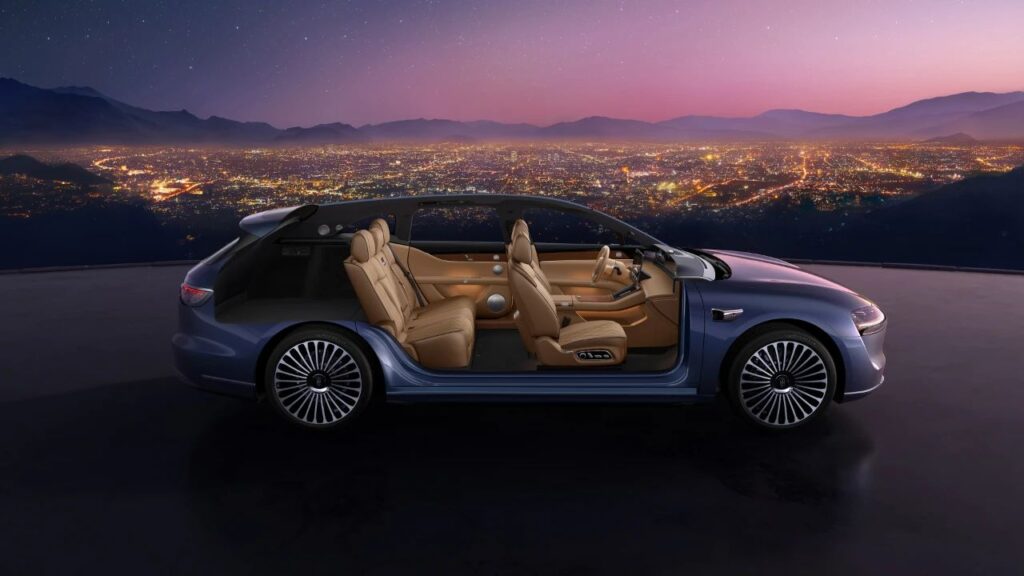
July’s MIIT filings revealed that the S9T will measure 5,160mm long, 2,005mm wide, 1,492mm tall, and have a 3,050mm wheelbase, with the option of 20- or 21-inch wheels.
It will come with both EREV and EV drivetrains, with the EREV boasting a 1.5-litre turbocharged engine acting as a generator for the battery, which comes in 37kWh and 53.4kWh variants, for up to 354km of electric-only range and more than 1,300km combined on the CLTC cycle.
The EV version should get a 100kWh battery for just over 800km of range on the CLTC cycle.
Power will be delivered in both versions to the rear axle via a single electric motor producing 227kW, with only the flagship EV variant getting an additional 158kW motor on the front axle.
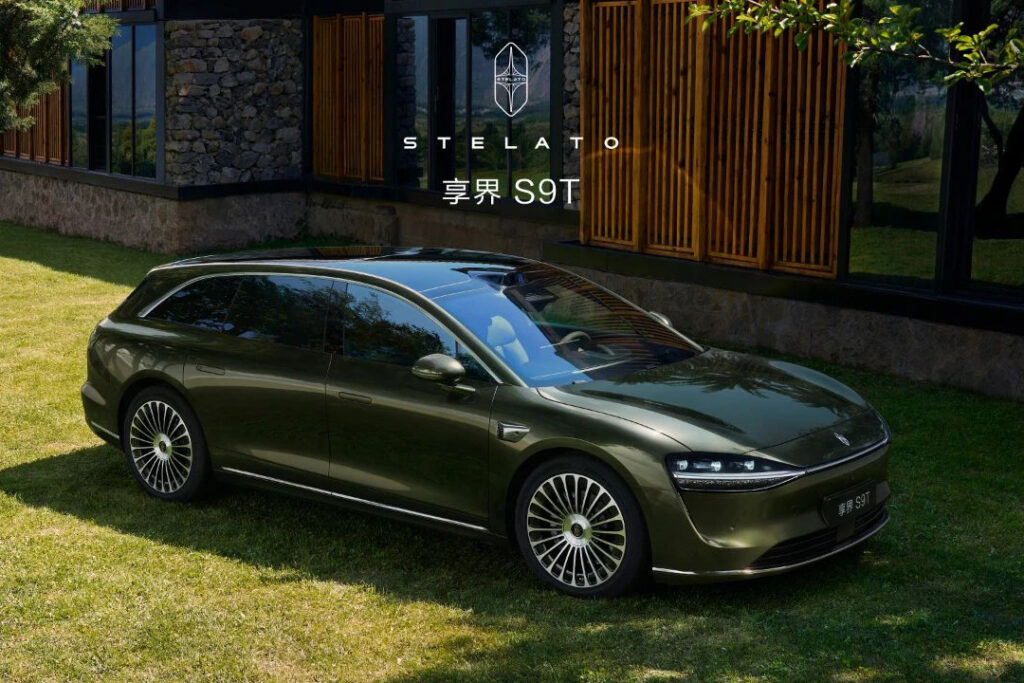
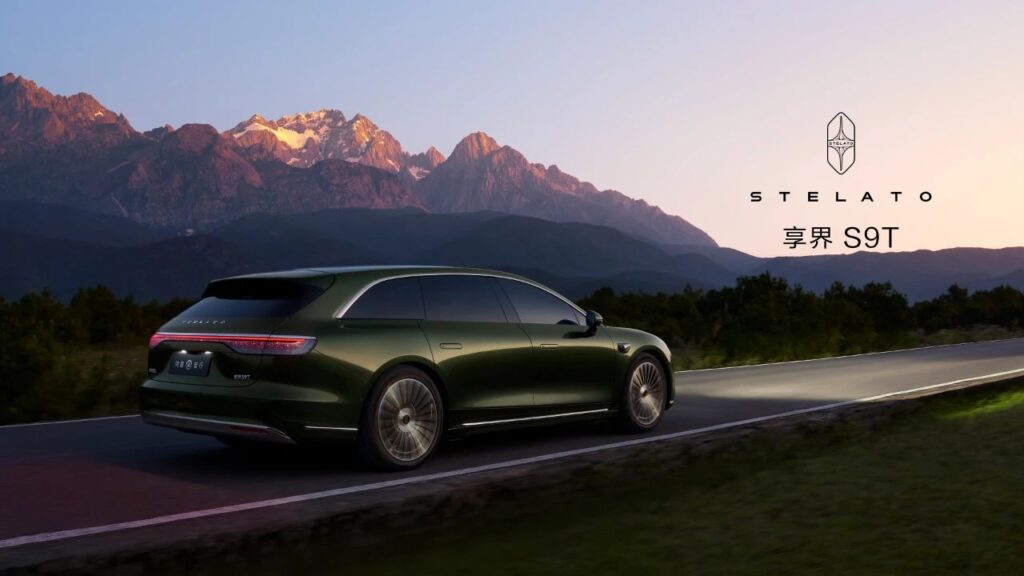
All versions will get Huawei’s ADAS system with EV versions expected to get a single 192-line lidar unit, and EREV versions adding three solid-state lidar units on top.
Prices are unconfirmed but should start at around RMB 330,000 (£34,000 / $45,900) and rise to around RMB 470,000 (£48,500 / $65,400) for the Ultra edition of the EV.



